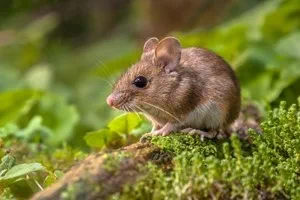
As the weather cools, mice and rats seek warmth wherever they can find it, often inside residential homes. Many households see more rodent activity in autumn than at any other time. Whether they’re getting into your garage, basement, or kitchen, it’s important to act early before the problem becomes serious and requires professional intervention.
How rodents can cause damage
Although most rodents are small, they can cause significant damage in a short time. Mice and rats frequently test objects by gnawing on them, so you may notice bite marks on items that aren’t food. For example, when searching for something to eat in your kitchen, they may chew various materials until they find something palatable.
This may be how the myth of “mice love cheese” began. While mice will eat many foods with nutritional value, they often prefer sweeter options to cheese. If you’re using mouse traps, peanut butter generally works better as bait than cheese.
Voles, another common autumn pest, can also wreak havoc outdoors. Found across Canada and the northern U.S., voles dig unsightly burrows through lawns and can disturb root systems in gardens and newly planted trees.
Prevention methods
Make rodent prevention part of your annual fall maintenance. When raking leaves, keep piles away from the house and dispose of them promptly. Left too long, decomposing piles can generate heat, making them attractive to rodents.
Inspect your home’s foundation for cracks. Mice and rats can squeeze through very small openings, so seal gaps with weather-resistant materials as soon as you find them. Good sanitation also matters keep garbage containers closed and away from the house, reduce clutter, and clean regularly. Rodents are drawn by food and water; if they can’t find either, they’re more likely to move on.
Vole infestations are difficult to prevent without extensive fencing that extends several feet into the ground. If you notice fresh vole activity, place traps along recently used burrows.